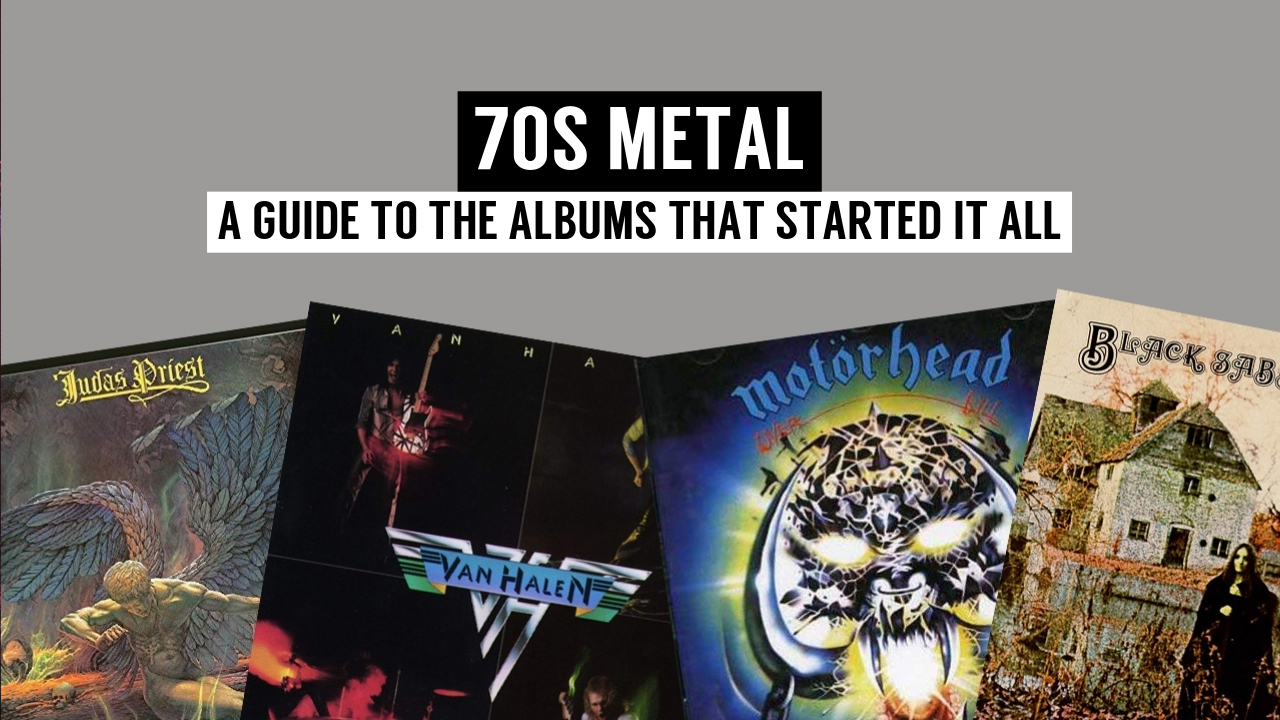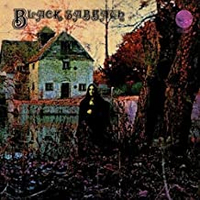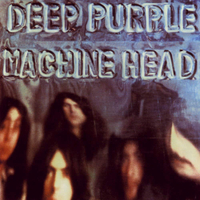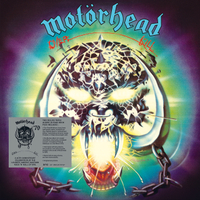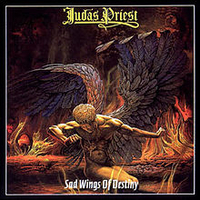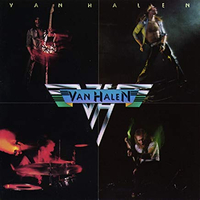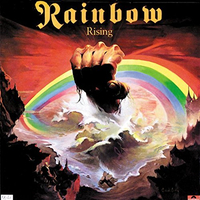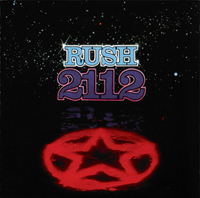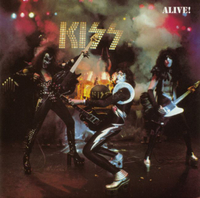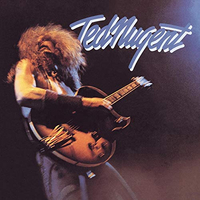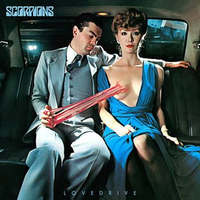The 70s was the era that defined everything we know, love and even laugh at when it comes to heavy metal.
It was a glorious time when the rules didn’t exist and a free-spirited attitude allowed for the birth of a genre. Born out of the hard-edged sound that emerged at the end of the 1960s from such bands as Cream and The Who, it was an altogether darker expression of traditional blues themes.
Not that anyone called it ‘metal’ back then. It was ‘heavy rock’, or hard rock – a fusion of blues, psychedelia and biker attitude. And, as with the birth of any musical form, its diversity was almost breathtaking. Nobody would call Led Zeppelin, Slade, AC/DC, UFO or the Stooges true metal bands, would they? But all played crucial roles in the way that metal began to take shape.
Our understanding of the music over here was born of a feeling that it belonged to an underclass; those drawn together by a devotion to loud guitars, macho image and something far removed from the trends of disco and punk, which seemed to dominate the mainstream.
Fans adopted a uniform – denim and leather, covered in a myriad of patches of band logos, which came to be known as the humble battle jacket – and they grew greasy, lanky locks, not to mention facial hair (wherever possible). The fantasy element was crucial, and the more the mainstream laughed, the greater the dedication. It wasn't perfect – there was often more than a slight misogynist accent to the lyrics – but it was as serious as a Carry On film.
Perhaps the most important part of 1970s metal were the fans. Whereas in America loud rock’n’roll was part of growing up, in the UK it was the province of dysfunctional, anti-social teenagers. So, Black Sabbath, Motörhead, Judas Priest and Status Quo became the focal points for people’s lives – go to a gig and escape the daily drudge. And because they were ignored by the chart-obsessed in Britain, fans also adopted cult American bands, from Aerosmith and Kiss to – gulp! – Journey and Styx. It all seemed to fit together so neatly back then.
To be honest, there’s no real definition of 1970s metal, because fans embraced such a wide church, and that’s exactly what it was – a religion. That’s what makes the era so special. It was a pioneering era, accentuated by naivety and innocence, when giants were born.
And, let’s face it, the great ‘metal’ bands of that time still reign supreme.

Black Sabbath - Black Sabbath (Sanctuary, 1970)
You can trust Louder Our experienced team has worked for some of the biggest brands in music. From testing headphones to reviewing albums, our experts aim to create reviews you can trust. Find out more about how we review.
